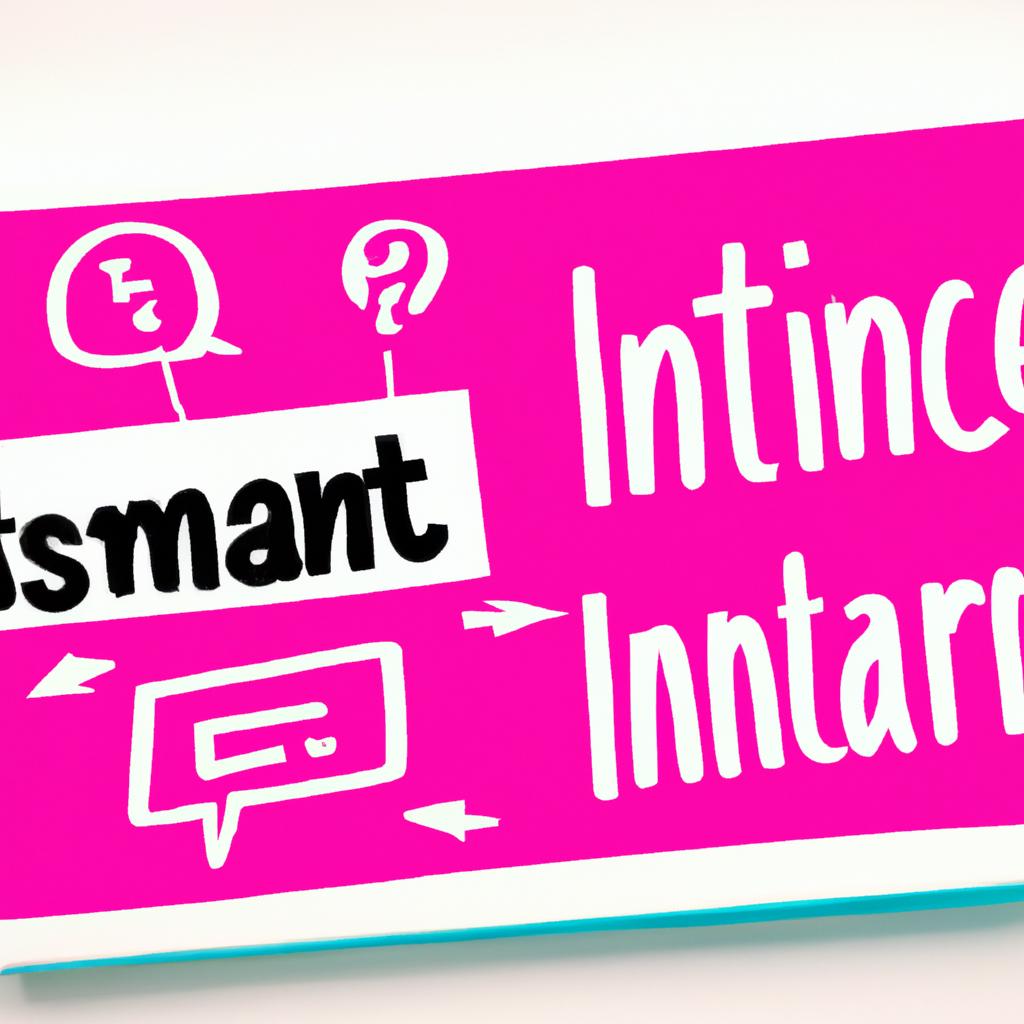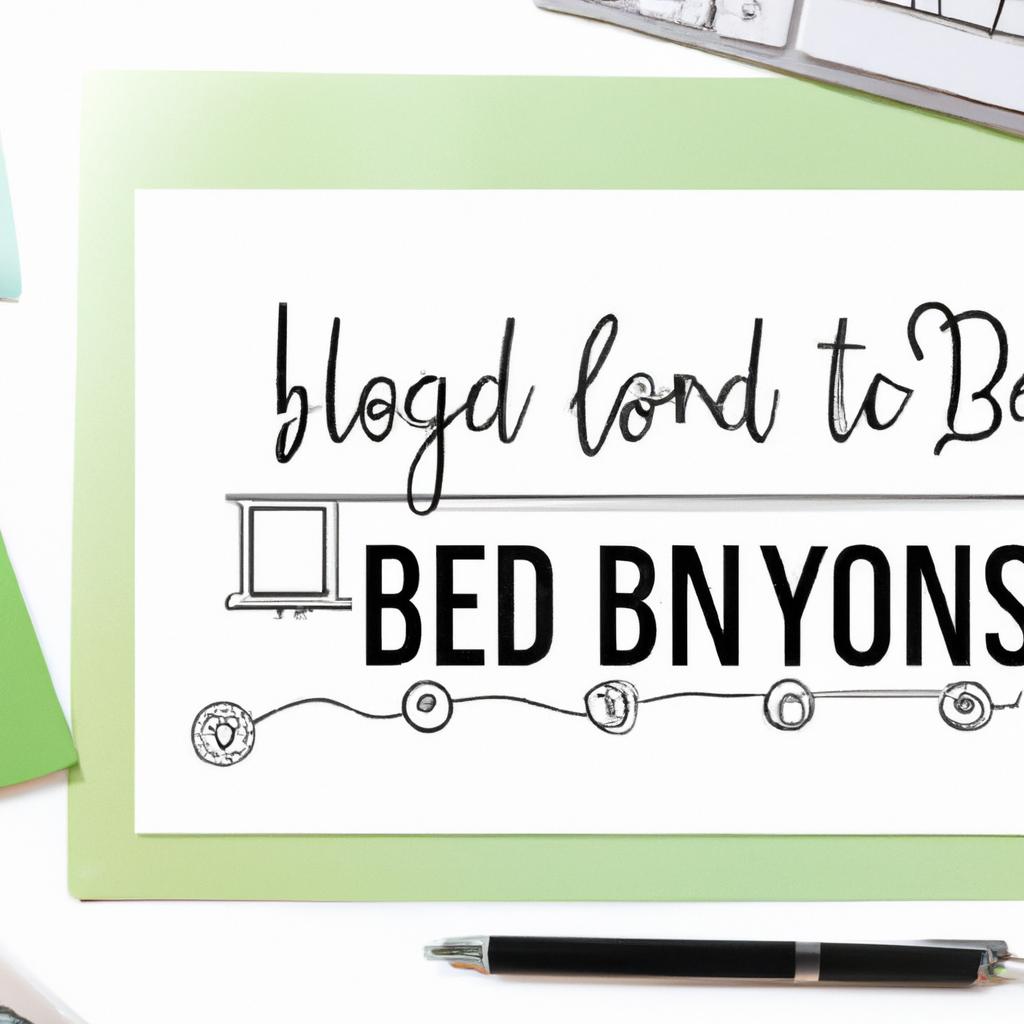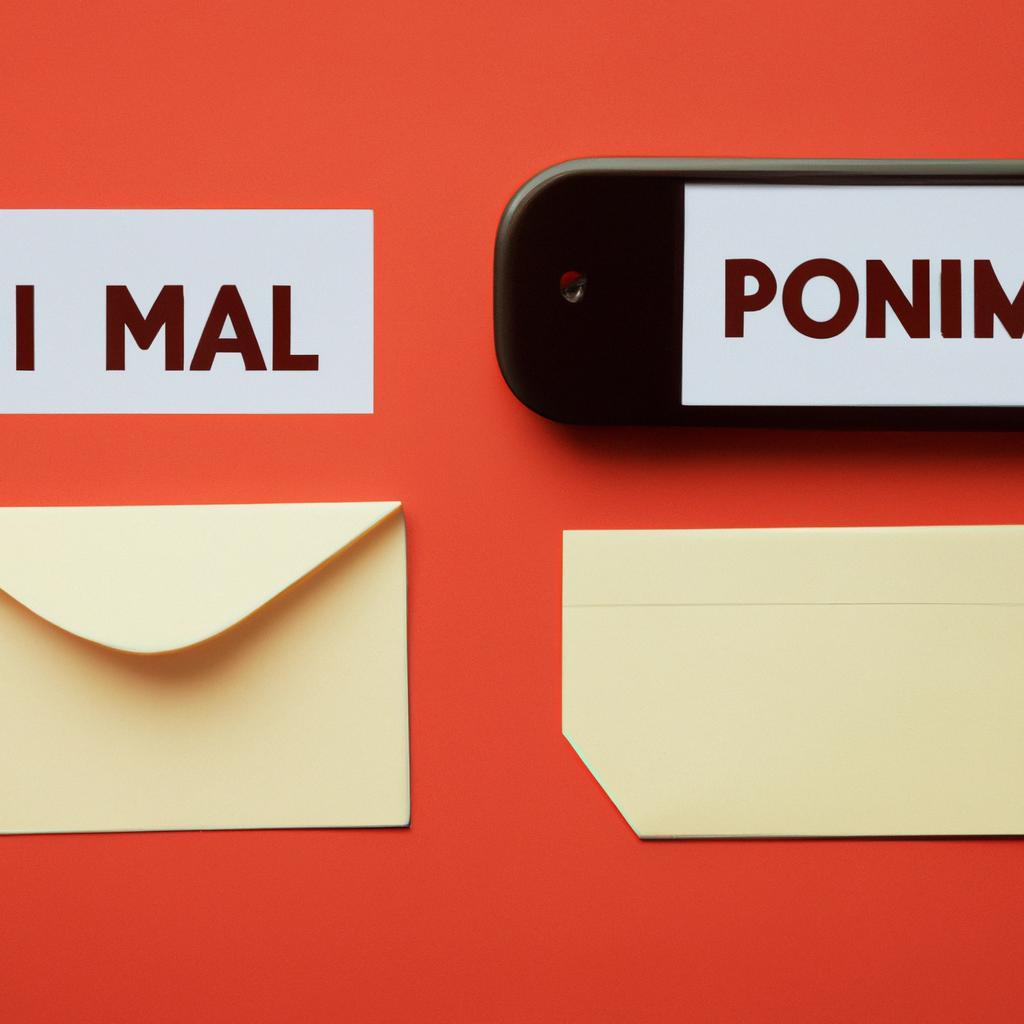In an age where digital communication evolves at breakneck speed, the tools we once relied upon may seem increasingly antiquated. Email, once the crown jewel of online correspondence, is now often overshadowed by a host of modern alternatives that promise immediate engagement and efficiency. From instant messaging apps to collaborative platforms, the landscape of communication is shifting before our eyes. As we delve into the nuances of this transformation, we invite you to explore whether email is truly becoming a relic of the past or if it still holds relevance in our fast-paced world. Join us on this journey to examine the effectiveness of contemporary communication methods, weigh their merits against traditional email, and consider what the future holds for our digital conversations.
Rethinking Communication: The Rise of Instant Messaging and Collaboration Tools
The digital landscape has undergone a seismic shift, heralding the advent of instant messaging and collaboration tools that have transformed the way teams interact. Gone are the days when lengthy email threads dictated communication. Now, platforms such as **Slack**, **Microsoft Teams**, and **Trello** offer real-time interaction that enhances productivity and engagement. These tools foster a sense of immediacy and camaraderie, breaking down silos and allowing for seamless communication across various channels. Essential features include:
- Real-time updates: Stay informed with instant notifications and live editing capabilities.
- Group collaboration: Facilitate brainstorming sessions with ease through shared workspaces and channels.
- Integration: Connect with numerous apps, unifying all your tools in one location.
Moreover, the ability to segment conversations enhances clarity, ensuring that discussions remain focused and organized. As organizations adapt to remote and hybrid work models, these platforms not only maintain connectivity but also drive innovation and streamline workflows.

Beyond the Inbox: Evaluating the Benefits of Video Conferencing and Project Management Solutions
In today’s fast-paced digital landscape, the shift toward more dynamic communication tools is reshaping how teams collaborate and manage projects. Video conferencing solutions offer a real-time, face-to-face interaction that can bridge the gap left by traditional emails, fostering a sense of connection and understanding that text alone often can’t provide. Meanwhile, project management tools facilitate seamless collaboration, bringing visibility and organization to tasks, deadlines, and team contributions. The advantages of integrating these technologies into your workflow include:
- Enhanced Communication: Verbal and visual cues reduce misunderstandings.
- Real-Time Collaboration: Immediate feedback helps accelerate decision-making.
- Increased Engagement: Video calls can lead to more interactive and productive meetings.
- Centralized Information: Project management platforms streamline access to project-related resources.
- Flexible Workspaces: Support remote and hybrid work environments effectively.
| Feature | Video Conferencing | Project Management |
|---|---|---|
| Format | Visual & Audio | Text & Visual |
| Purpose | Meetings & Discussions | Task Management |
| Availability | Real-Time | Asynchronous |
By leveraging these advanced communication alternatives, organizations can not only improve efficiency but also enhance team dynamics, ultimately creating a more cohesive and productive work environment.
To Conclude
In a world where technology continuously evolves, the way we communicate is also in a state of flux. While email has been a cornerstone of our digital conversations for decades, the rise of instant messaging, collaborative platforms, and social media challenges its reign. As we reflect on this transformation, it’s essential to recognize that while email may not be entirely obsolete, its role is undeniably shifting.
Modern alternatives are increasingly tailored to our fast-paced lifestyles, offering innovative ways to connect that can enhance productivity and foster collaboration. Whether it’s the brevity of a Slack message or the visual storytelling capabilities of video calls, these tools cater to our desire for immediacy and engagement.
Yet, amidst this evolution, the enduring value of email—its formality, reliability, and universal accessibility—remains relevant for certain contexts. The question, then, isn’t whether email will vanish, but rather how we will integrate it with emerging technologies to create a more holistic communication landscape.
Embracing both old and new methods can lead to richer interactions, bridging the generational gap and meeting the diverse needs of our personal and professional lives. As we forge ahead, let us remain open to the possibilities that lie ahead, recognizing that the future of communication will likely be a vibrant tapestry woven from the threads of our past. After all, communication is not just about the medium; it’s about the message and the connections we create along the way.


